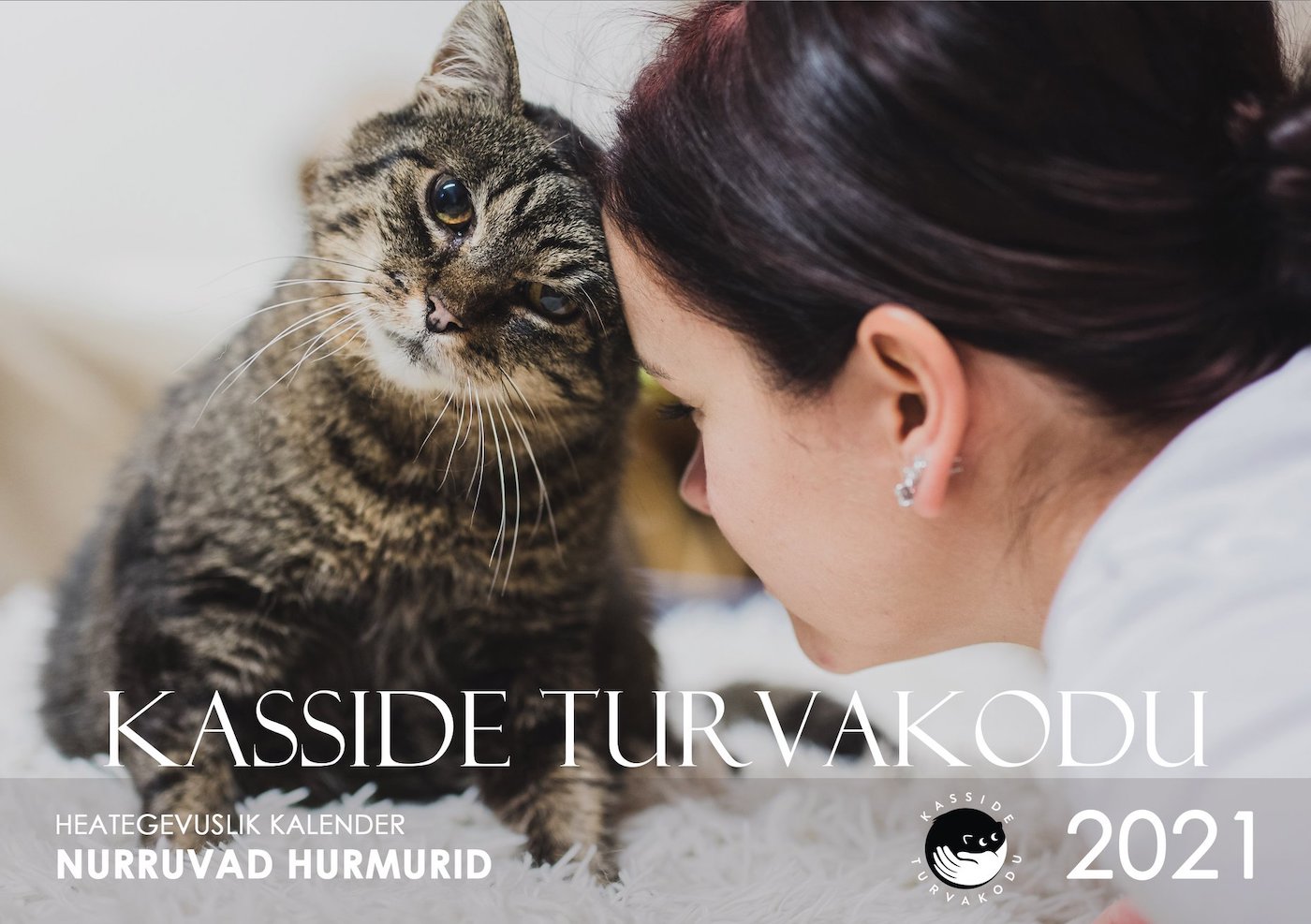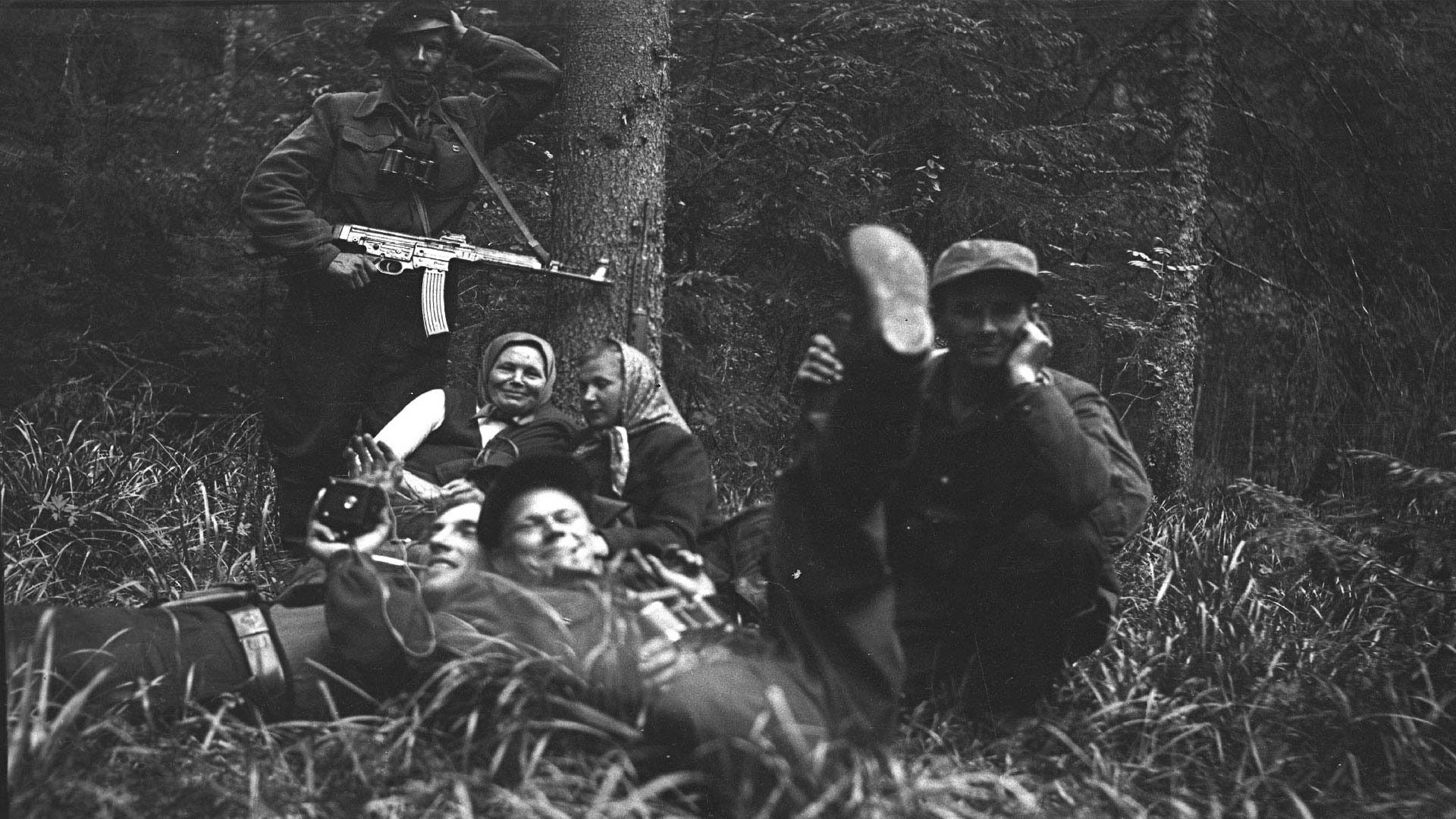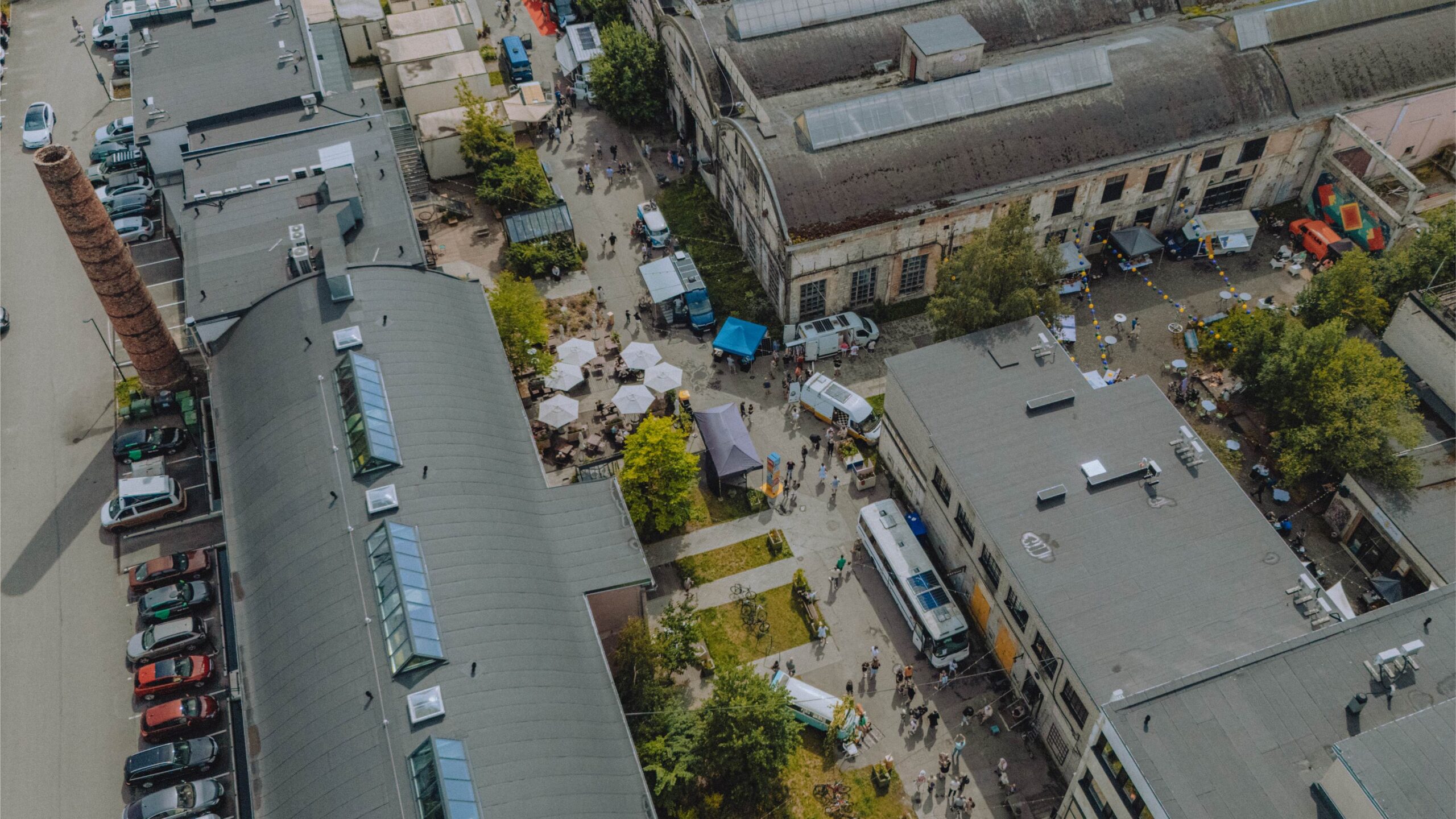But to deconstruct the calender cover: Kasside turva/kodu is a cat shelter, literally “safe home”. Many such shelters are specifically for kassid, such as the one in the Kadriorg neighbourhood of Tallinn, which has printed this kolmas (third) annual kalender. There are also laste/turva/kodud (children's shelters) and naiste/turva/kodud (women's shelters). Another name for all of these is varju/paik, e.g. kodutute (homeless peoples') varju/paik, literally “shelter place”, while eakad inimesed (elderly people) may live in a hoolde/kodu, nursing home, literally “care home”.
The turva- prefix of turvakodu comes from turvaline = safe. Other examples of this are (lapse auto) turva/tool = car seat; turva/mees, -naine = security guard; turvama = to safeguard, secure, protect; turvis = armour, (aka raud/rüü); rehvi (autokummi) turvis = tire tread.
A hea/tegevuslik (charitable, not-for-profit) calender means, in a sentence: “Kogu teenitud tulu läheb 100% meie hoolealuste raviarvete katmiseks” (All profits earned go 100% toward covering the medical bills of those in our care). The full name of the organization is preceded by the akronüüm MTÜ after all – mitte/tulundus/ühing (nonprofit organization).
And now for the best subtitle ever: NURRUVAD HURMURID. Nurruma is to purr. The sound cats make while purring (to the Estonian ear) is “nurrrrrr“. That's why a lot of kassid in Eesti are named Nurr, Nurri, Nurrik or even Nurmur – an abbreviation of nurruv hurmur! (I initially mistook the shelter's kalendri staar Maali for Nurmur. Silly me! Nurmur, the isane (male) triibik has green eyes, while Maali's are hazel (metsa/pähkli/karva!).
A hurmur should not be confused with a Hummer. An SUV (sports utility vehicle) is a maastur in Estonian. Different topic altogether. Hurm is charm, allure, appeal, magical attraction, spell, intoxication. You get it. The last line of the 3rd verse of “Saaremaa valss”: “…ja kirgliku suudluse esmane hurm.” The first spell of a passionate kiss. (Lyrics Debora Vaarandi, music Raimond Valgre.) Hurmama = to charm, hurmatud = charmed, and a HURMUR does the hurmamine – casts a spell. Not to be confused with the orange-skinned Asian fruit hurmaa = persimmon. Go figure. Hurm in sisterly
Finnish is “hurma” (nominative singular) and they may both be related to urm = an old form of the word for blood, bloody wound. (Eesti etümoloogia/sõna/raamat.) Vere/URMA/rohi – greater celandine in the poppy family. When injured, the plant exudes a yellow to orange “relatively poisonous” latex, or sap, long used by “old” Estonians to help treat Babesiosis, transmitted by puugid (ticks) to farm animals, which turned their urine red. But I digress. (Jäin põllule ekslema.)
The compound word pet name hurmur/kiisu (charmer kitty) could also be described as a nurruline vurruline – a purring whisker bearer. It's simply endless! But hopefully troves of homeless, feral, hüljatud (abandoned) cats are not.
Many of you have no doubt read about Žorik, the famous stray dog from the Kalamaja neighbourhood of Tallinn, who now lives on a secure rural property and had a statue erected in his honour in Põhja-Tallinn on October 8, 2020, World Animal Day. His story made it into the Washington Post, the Independent and many papers worldwide.
Websites to pet: www.kassideturvakodu.ee, www.kassiabi.ee, www.pesaleidja.ee, www.varjupaik.ee. The latter, Varjupaikade MTÜ, is a larger network with seven shelters across the country. It provides an invaluable service, but is less personal with its online introductions.
Riina Kindlam, Tallinn




